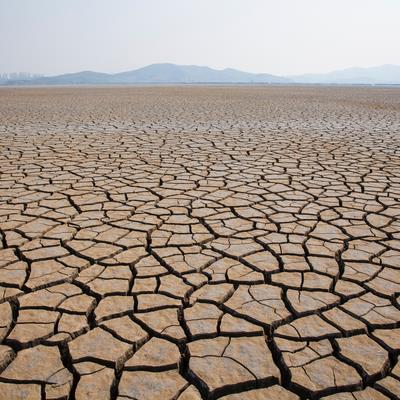Manuscript Submission Deadline 15 December 2024 | Manuscript Extension Submission Deadline 9 February 2025
- Spanish Journal of Soil Science
- Special Issues
- Combating Desertification and Adaptation to Droughts
Combating Desertification and Adaptation to Droughts
Submit your idea
You will be redirected to our submission process.
About this Special Issue
Background
Published in

Spanish Journal of Soil Science
Manuscripts can be submitted to this Special Issue via the main journal or any other participating journal.
Submit your idea
You will be redirected to our submission process.


